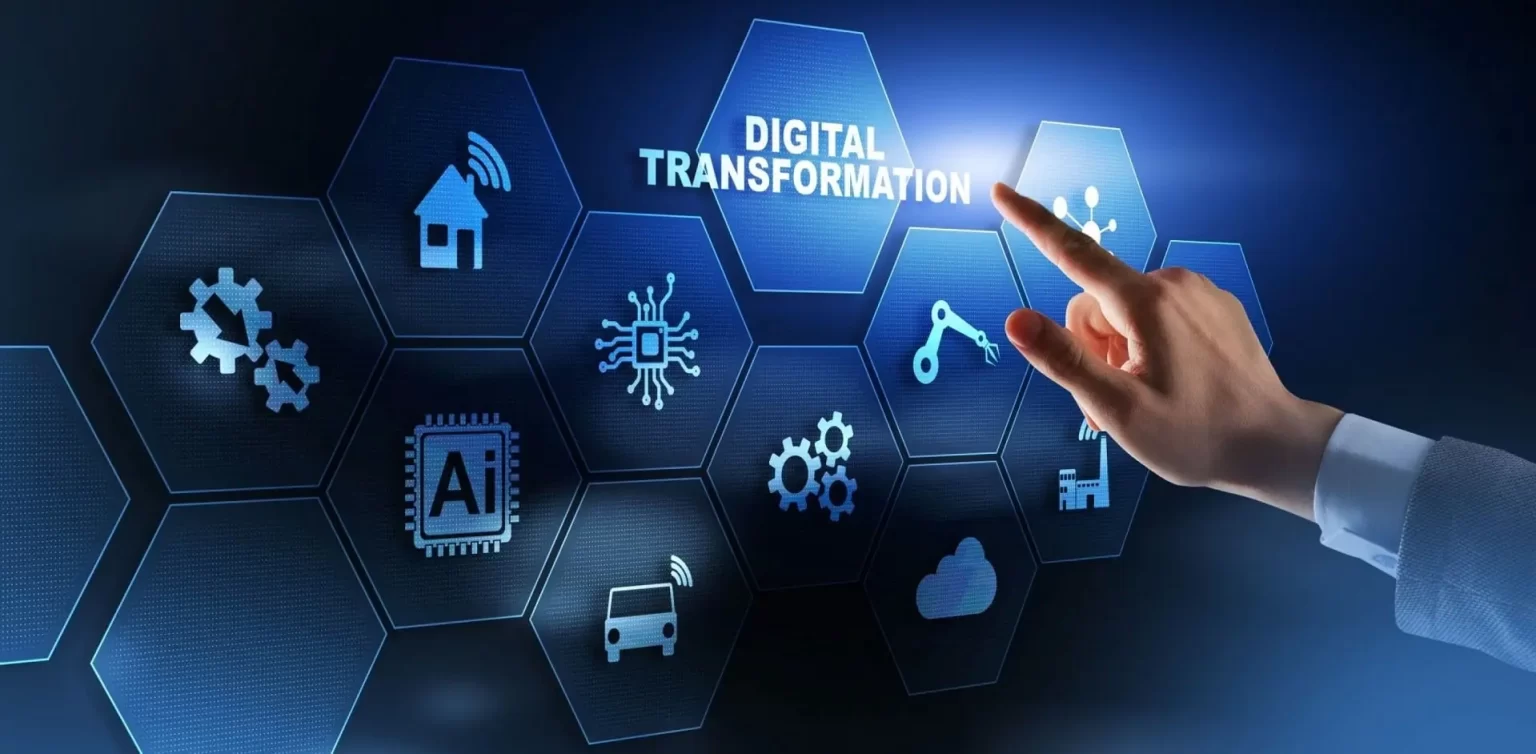Technology in the construction industry
Technology has played a key role in helping the construction industry overcome recent challenges and adapt to new ways of working. Contractors must embrace these technological advancements and digitally transform their businesses now if they want sustainable growth in the future.
Many contractors understand that a digital transformation is necessary, but with so many competing demands, it’s easy to put it off until later. Although it is a large undertaking, proper planning can help simplify the process. Here are five steps to help your business begin a successful digital transformation:
1. Engage the CEO and everyone involved
Change management needs to start at the top. CEOs must have a vision and understanding of future trends and anticipate what tomorrow’s customers will expect. They must involve senior management in all changes and provide them with the budget, people, time, and resources necessary to achieve this transformation. When everyone involved is committed to the process, you can start to see a change in the way everyone works and drive significant changes throughout the company.
2. Develop a digital transformation strategy
Once the commitment to digitalization is established from the top down, senior management must establish a clear strategy for the change management and digital transformation process.
It is important to clearly define expectations, such as:
- How will the company benefit from digital transformation?
- What type of construction management software is needed to support digitalization?
- What results do we expect from digital transformation?
- What strategies should we implement? (Consider both the project level and the enterprise level.)
- What are the main milestones?
3. Start with a small group
Implementing organization-wide changes can be challenging, so it can be helpful to start the process with a small group. For example, you can begin digitization within your design or planning teams to develop the workflows and standards that the rest of the organization will adopt. This way, you can assess what is working well and what may need improvements and adjustments before implementing the new processes and workflows in other departments.
4. Integrate with other departments
After digitizing the design or planning department, the next step is to involve more departments, such as cost estimating, procurement, and field teams, in workflows based on BIM models. The goal is complete digital integration, with everyone using standardized workflows and connected data for projects across the enterprise.
5. Expand your scope of services
The business environment is changing rapidly, so it is important to remain agile to compete in today’s market. Business models and scope of activities must evolve simultaneously to ensure you can respond quickly to market demands. This includes utilizing technology to add new business divisions, such as prefabrication.
Establishing your digital foundation
The key to long-term digital transformation success is adopting an enterprise-grade platform as the digital foundation for your business. It is crucial that it has an open API for the entire supply chain to adapt to future changes. This way, as the organization evolves, additional solutions can be integrated and interconnected on this platform, eliminating costly temporary measures that only help in the short term.
Check Out: IaaS, PaaS, and SaaS: understand the differences!




